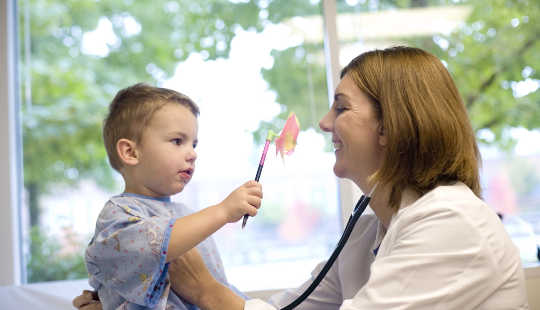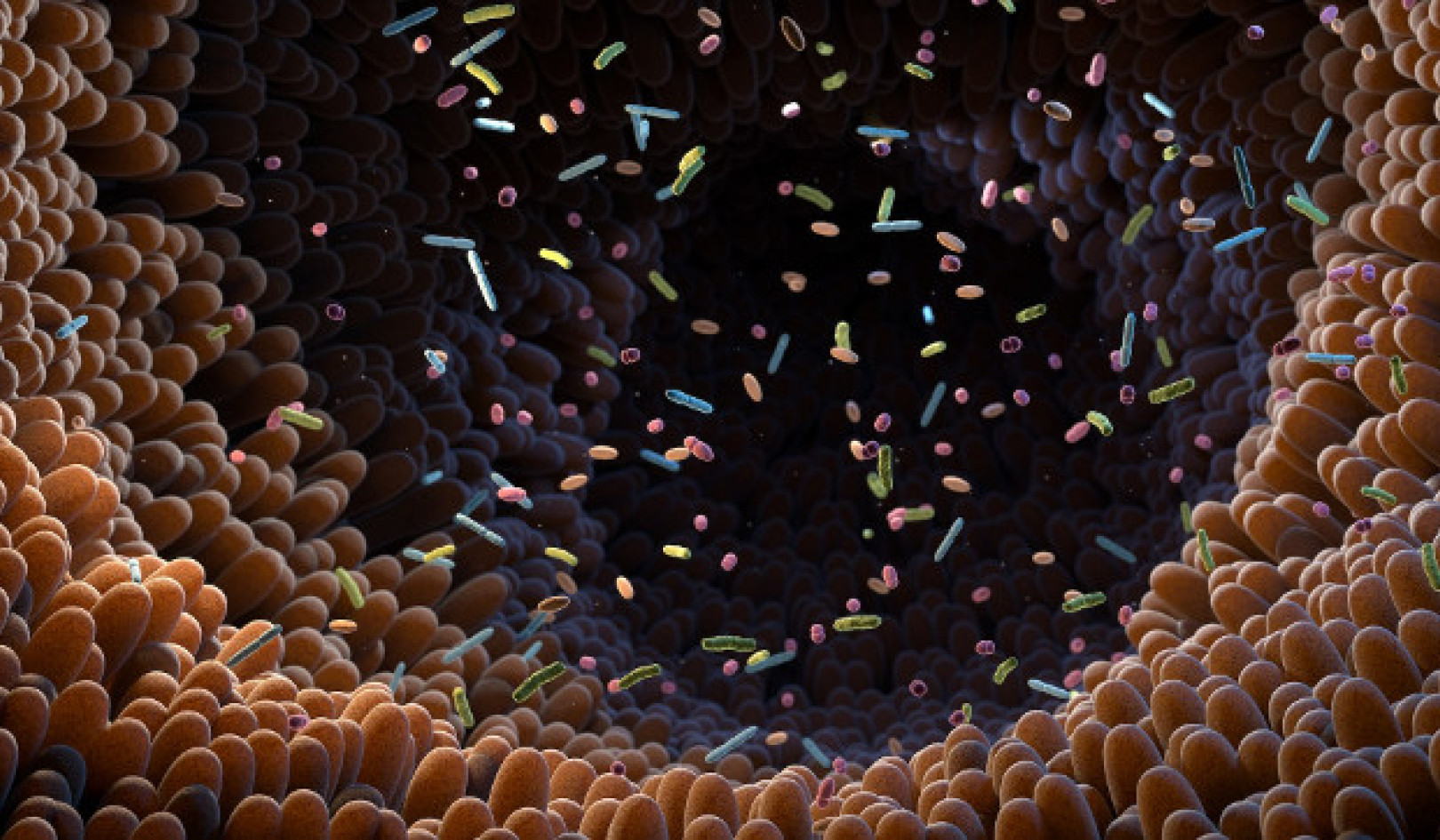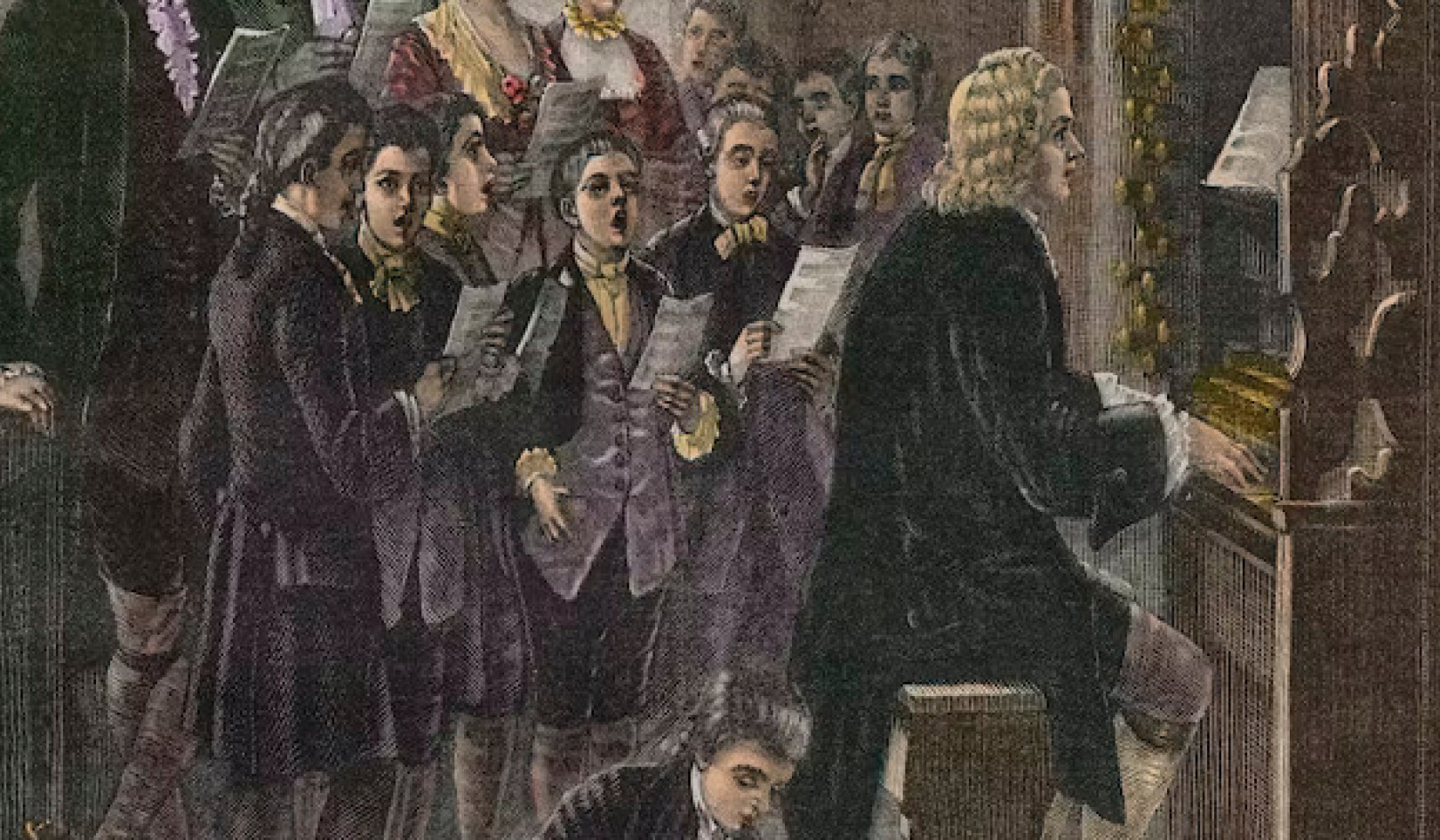
Scientists have identified an inner ear deficiency in children with autism that may affect their ability to recognize speech. The finding suggests that a hearing test could one day be used identify children at risk for the disorder at an early age.
“This technique may provide clinicians a new window into the disorder and enable us to intervene earlier.”
“This study identifies a simple, safe, and non-invasive method to screen young children for hearing deficits that are associated with autism,” says Anne Luebke, associate professor of biomedical engineering and neuroscience at the University of Rochester. “This technique may provide clinicians a new window into the disorder and enable us to intervene earlier and help achieve optimal outcomes.”
While many signs of autism spectrum disorder (ASD) are present before age 2, the majority of children with ASD are not diagnosed until after age 4, which means that corrective therapies are started later, delaying their potential impact.
Some of the earliest and consistent signs of ASD involve auditory communication and since most tests rely on speech, they are often ineffective in children who are very young or who have communication delays.
For the new study, published in the journal Autism Research, scientists used a technique that measures otoacoustic emissions. The test is similar to the screening given to newborns before they leave the hospital to check for hearing problems.
Using miniature speaker/microphone earplugs, researchers were able to measure hearing deficiencies by listening for signs that the ear is having difficulty processing sounds. Specifically, the device’s highly sensitive microphone is able to detect minute sound emission made by inner ear outer hair cells in response to certain tones or clicking sounds.
If these cells are not functioning properly, the device fails to detect an emission which indicates that inner ear—or cochlear—function is impaired.
The researchers tested the hearing of children between the ages of 6 and 17, roughly half of whom had been diagnosed with ASD. Children with ASD had hearing difficultly in a specific frequency (1-2 kHz) that is important for processing speech. Researchers also found a correlation between the degree of cochlear impairment and the severity of ASD symptoms.
“Auditory impairment has long been associated with developmental delay and other problems, such as language deficits,” says Loisa Bennetto, associate professor of clinical and social sciences in psychology.
“While there is no association between hearing problems and autism, difficulty in processing speech may contribute to some of the core symptoms of the disease. Early detection could help identify risk for ASD and enable clinicians to intervene earlier. Additionally, these findings can inform the development of approaches to correct auditory impairment with hearing aids or other devices that can improve the range of sounds the ear can process.”
Because the test is non-invasive, inexpensive, and does not require a verbal response, it could be adapted to screen infants, an approach that the team is currently exploring.
The National Institute of Deafness and Communication Disorders and the University of Rochester Clinical and Translational Science Institute funded the work.
Source: University of Rochester
Related Books
at InnerSelf Market and Amazon

























